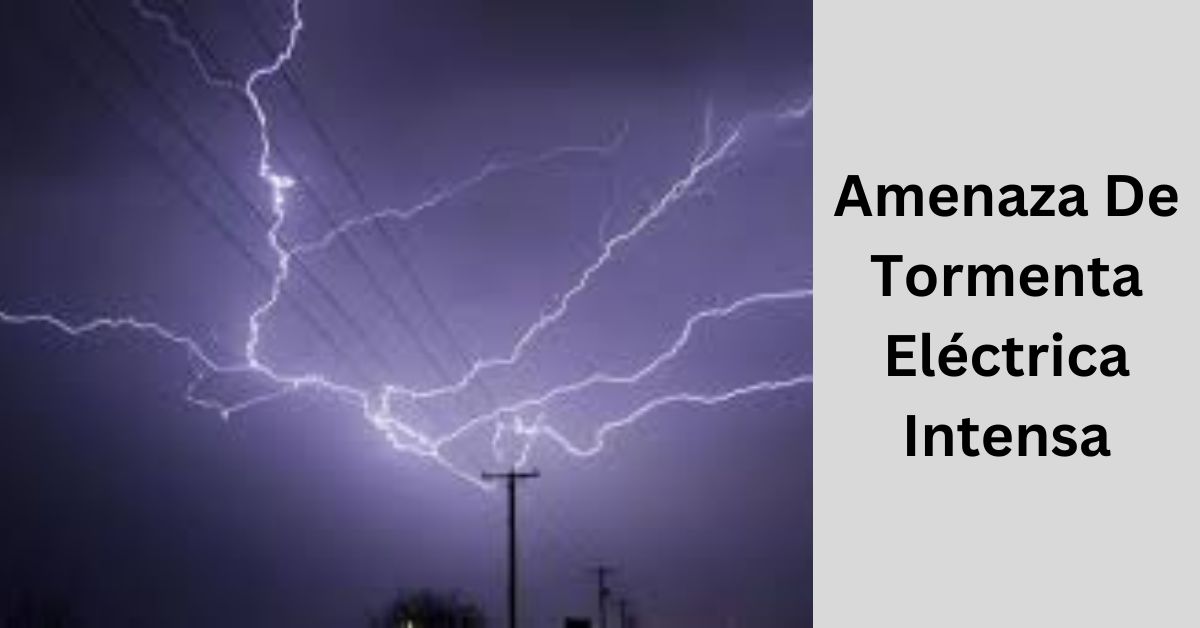Lightning strikes are one of the leading causes of injuries and deaths due to weather-related hazards. While most lightning strike victims survive, they often exhibit a range of debilitating long-term symptoms.
Thunderstorms are dangerous storms that include lightning and can create or cause:
- Powerful winds exceeding 50 mph (80 km/h)
- Hail
- Flash floods and/or tornadoes
- Prepare for Thunderstorms and Lightning Strikes
Table of Contents
Know Your Risk:
Understand the risk of thunderstorms in your area. They can occur throughout the year and at any time in most places. Enroll in your community’s warning system. The Emergency Alert System (EAS) and the National Oceanic and Atmospheric Administration (NOAA) Weather Radio also issue emergency alerts.
Strengthen Your Home:
Trim or prune trees that could fall on your home. Consider purchasing surge protectors, lightning rods, or a lightning protection system to safeguard your home, appliances, and electronic devices.
Make an Emergency Plan:
Create an emergency plan so you and your family know what to do, where to go, and what you’ll need to protect yourselves from the effects of a thunderstorm. Identify sturdy buildings nearby where you live, work, study, and play.
Stay Safe During Thunderstorms and Lightning Strikes:
If you are under a thunderstorm warning:
- If you hear thunder, seek shelter indoors immediately! If outdoors, get inside a building or car with a roof.
- Pay attention to alerts and warnings.
- Avoid using electronic devices plugged into outlets.
- Avoid tap water.
- Turn around. Don’t drown! Do not drive on flooded streets and roads. Just six inches of fast-moving water can knock you over, and one foot of moving water can sweep your vehicle away.
Stay Safe After Thunderstorms and Lightning Strikes:
- Pay attention to authorities and weather forecasts to learn when it’s safe to venture out and get instructions for dealing with potential flash floods.
- Be vigilant for downed power lines and fallen trees. Report them immediately.
- Remember, being prepared and knowing what to do can greatly reduce the risks associated with thunderstorms and lightning strikes. Stay informed, stay safe, and take action to protect yourself and your loved ones during severe weather events.
Understanding Thunderstorms and Lightning:
Thunderstorms are atmospheric disturbances characterized by the presence of lightning and thunder, often accompanied by heavy rain, strong winds, and sometimes hail or tornadoes. These storms form when warm, moist air rises rapidly in an unstable atmosphere, leading to the condensation of water vapor and the release of latent heat.

The rapid upward movement of air creates turbulent conditions, which can generate lightning as electrical charges build up within the storm clouds. Lightning is a sudden electrostatic discharge that occurs between regions of opposing electrical charge within a thunderstorm cloud, between a cloud and the air, or between a cloud and the ground.
Mitigating Risks and Staying Safe:
To mitigate the risks associated with thunderstorms and lightning strikes, it’s essential to take proactive measures and adhere to safety guidelines. This includes securing outdoor objects that could become projectiles in strong winds, such as patio furniture or trash cans, and avoiding open fields, high ground, and isolated trees during a storm. If caught outdoors during a thunderstorm, seek shelter in a sturdy building or a hard-topped vehicle with windows closed. Avoid contact with electrical appliances, plumbing fixtures, and metal objects, which can conduct electricity from lightning strikes. Additionally, refrain from taking showers or baths during a thunderstorm, as plumbing systems can conduct electricity. By staying informed, prepared, and vigilant, individuals can minimize their risk of injury or harm during severe weather events involving thunderstorms and lightning.
Post-Storm Safety and Recovery:
After a thunderstorm passes, it’s crucial to remain cautious and aware of potential hazards that may linger in its aftermath. Fallen power lines pose a significant danger, as they may still be live and capable of delivering a deadly electric shock. Always assume that any downed power line is energized and maintain a safe distance. Report downed power lines to the appropriate authorities immediately and steer clear of the area until it has been deemed safe.
In addition to downed power lines, fallen trees and debris may obstruct roads and pathways, creating hazards for pedestrians and motorists alike. Exercise caution when navigating through storm-affected areas, and report any blocked roads or hazardous conditions to local authorities.
If you encounter standing water on roads or walkways, proceed with extreme caution, as it may be deeper or swifter than it appears, posing a risk of drowning or vehicle submersion. By remaining vigilant and taking appropriate precautions, individuals can minimize the risks associated with post-storm hazards and contribute to a safe and efficient recovery process for their communities.
